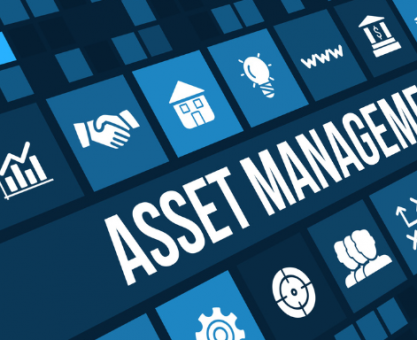Executive Summary
-
Discover the significance of digital assets in modern estate planning.
-
Learn the benefits and challenges of incorporating digital assets into your succession plan.
-
Understand the step-by-step process of digital asset management for estate planning.
-
Explore expert tips on ensuring a seamless transition of digital assets.
-
Gain insights into tools and resources for effective digital asset management.
Introduction
In today’s digital age, everything from cryptocurrencies to social media accounts holds significant value. Yet, when it comes to estate planning, digital assets often remain overlooked. This oversight can lead to complications and loss of value upon a person’s passing. For investors, founders, and families who wish to safeguard their digital wealth, understanding how digital assets fit into succession planning is crucial. This article delves into why digital assets matter in estate planning and provides a roadmap for securing them for future generations.
Definitions / Context
Digital assets encompass a wide range of electronically stored content, including:
-
Cryptocurrencies: Digital currencies like Bitcoin and Ethereum.
-
Social Media Accounts: Facebook, Instagram, and Twitter profiles.
-
Digital Media: Photos, videos, and music stored in the cloud.
-
Online Businesses: E-commerce stores, websites, and blogs.
These assets can hold substantial financial and sentimental value, necessitating careful management and planning.
Benefits / Pros
-
Preservation of Value: Digital assets can appreciate; planning ensures they are transferred effectively.
-
Ease of Distribution: With proper planning, transferring digital assets can be streamlined.
-
Enhanced Privacy: Digital assets can be managed privately, reducing potential estate disputes.
Risks / Cons / Challenges
-
Access Issues: Without proper documentation, heirs may struggle to access digital assets.
-
Legal Ambiguities: Jurisdictional differences can complicate the legal transfer of digital assets.
-
Security Risks: Digital assets are susceptible to hacking if not properly secured.
Step-by-Step Process
-
Inventory Digital Assets: List all digital assets and their respective access details.
-
Secure Access Information: Store passwords and access codes securely, using a digital vault.
-
Consult Legal Experts: Engage with estate planning attorneys familiar with digital assets.
-
Develop a Digital Asset Plan: Specify how each asset should be managed and transferred.
-
Regularly Update: Keep the digital asset plan current with any new acquisitions or changes.
Consider the case of a tech entrepreneur who passed away, leaving behind a portfolio of cryptocurrencies and digital businesses.
Without a clear succession plan, their family faced months of legal hurdles to gain access.
By contrast, another entrepreneur who documented a digital asset plan alongside traditional estate planning ensured a seamless transition of their digital wealth to heirs.
– The Tale of Two Tech Entrepreneurs
Expert Tips / Strategic Insights
-
Epiidosis recommends: Regularly updating your digital asset plan to reflect changes in technology and asset value.
-
Use a Digital Executor: Appoint someone tech-savvy to manage digital assets as part of your estate plan.
-
Stay Informed: Keep abreast of changes in digital asset laws and regulations.
Tools / Resources / Calculators
-
Digital Estate Planning Checklists: Available from major financial advisory firms.
-
Password Management Tools: LastPass, 1Password for secure access information storage.
-
Online Legal Resources: NOLO, LegalZoom for templates and legal guides.
Conclusion
Incorporating digital assets into your estate planning is no longer optional; it is a necessity for future-proofing your estate. By understanding and implementing digital asset management strategies, you can ensure that your digital legacy is preserved and transferred according to your wishes. To take the next step in securing your digital assets, consult with experts who can tailor a plan to fit your unique needs.





















